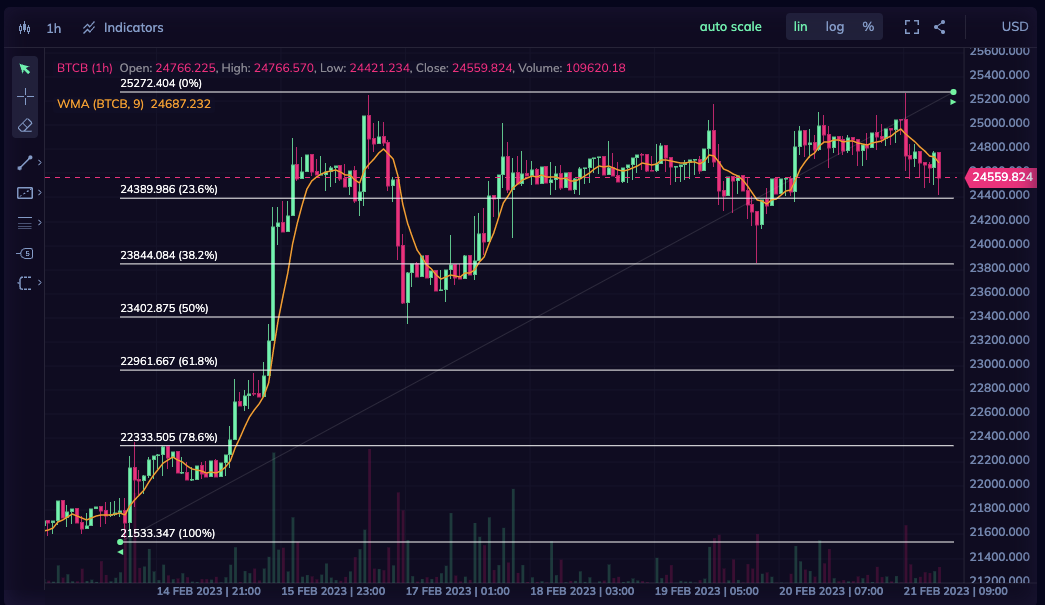Arbitrage in Trading
Arbitrage is a trading strategy that involves simultaneously buying and selling the same asset or instrument in different markets to take advantage of price discrepancies.

Introduction
Arbitrage is a well-known trading strategy that has been utilized for centuries in various financial markets, including the burgeoning world of cryptocurrencies. This article delves into the concept of arbitrage, its history, examples, application, potential profits and risks, interesting facts, and its significance in the crypto industry.
Definition
Arbitrage is a trading strategy that involves simultaneously buying and selling the same asset or instrument in different markets to take advantage of price discrepancies. The primary objective of arbitrage is to capitalize on these price differences to generate a risk-free profit, as the buying and selling transactions are executed simultaneously, mitigating market exposure.
History
Arbitrage has been a staple trading strategy since the early days of financial markets. Traders have exploited price discrepancies between markets for centuries, even before the advent of advanced technology and computerized trading systems. The increased efficiency and speed of electronic trading, as well as the globalization of markets, have made arbitrage opportunities more accessible and lucrative.
Examples and How to Use It
- Spatial Arbitrage: This form of arbitrage involves exploiting price discrepancies between two different geographical locations or markets. For example, a trader may purchase a commodity in one market where it is cheaper and simultaneously sell it in another market where it is more expensive, pocketing the price difference as profit.
- Temporal Arbitrage: Temporal arbitrage capitalizes on price discrepancies that occur at different times. For instance, a trader may buy a stock when its price is low and sell it later when the price has increased, taking advantage of the temporary price fluctuation.
- Statistical Arbitrage: This advanced trading strategy employs complex mathematical models and algorithms to identify and exploit short-term price imbalances in the market. Traders often use high-frequency trading (HFT) techniques to execute these trades rapidly and take advantage of fleeting arbitrage opportunities.
Profits and Risks
Profits from arbitrage trading can vary depending on the size of the price discrepancy and the amount of capital invested. In many cases, the profit margins can be quite small, but when executed correctly and in large volumes, arbitrage can yield significant returns.
However, arbitrage is not entirely risk-free. Some potential risks include:
- Execution Risk: There is always a chance that one side of the arbitrage trade may not be executed as planned, potentially leading to losses.
- Technology Risk: Technology failures, such as system glitches or connectivity issues, can disrupt the simultaneous execution of arbitrage trades, resulting in potential losses.
- Regulatory Risk: Regulations and restrictions in certain markets may limit or prevent arbitrage opportunities or impose penalties for such activities.
Interesting Facts
- The term "arbitrage" comes from the French word "arbitrageur," which means "decision maker" or "referee."
- Arbitrage has played a crucial role in the history of finance, with early examples dating back to ancient Greece and Rome, where traders would take advantage of price differences between various cities and markets.
Arbitrage in Crypto
In the cryptocurrency market, arbitrage opportunities have become increasingly common due to the decentralized and fragmented nature of the market. Crypto assets can be traded on various exchanges, often with slightly different prices, creating opportunities for traders to profit from these discrepancies. Additionally, the relatively high volatility of cryptocurrencies can lead to temporary price imbalances, which can be exploited by skilled arbitrageurs.
Some popular crypto arbitrage strategies include:
- Exchange Arbitrage: This strategy involves buying a cryptocurrency on one exchange where it is cheaper and selling it on another exchange where it is more expensive.
- Triangular Arbitrage: This form of arbitrage involves trading between three different cryptocurrencies to exploit price discrepancies. For example, a trader may buy Bitcoin (BTC) with US dollars (USD), use the BTC to purchase Ethereum (ETH) on another exchange, and then convert the ETH back to USD at a higher rate, generating a profit from the price differences between the three assets.
- Cross-border Arbitrage: Cross-border arbitrage takes advantage of price differences between geographically distinct markets. For instance, a trader might buy Bitcoin in a country with a lower price and sell it in a country where it trades at a higher price, profiting from the price gap.
Conclusion
Arbitrage has been a prominent trading strategy throughout the history of financial markets, and its significance in the crypto industry continues to grow. By capitalizing on price discrepancies between different markets, arbitrage offers traders the potential to generate profits with minimal risk. However, it is essential for traders to be aware of the potential risks and challenges associated with arbitrage, such as execution, technology, and regulatory risks. As the crypto market continues to evolve and mature, arbitrage is likely to remain an attractive and profitable trading strategy for those who can successfully navigate the risks and exploit fleeting opportunities. You can check prices, charts and transactions on the crypto market at Dexer.io




